Travel Sleep Tips with Erin Junker: Podcast Episode #293
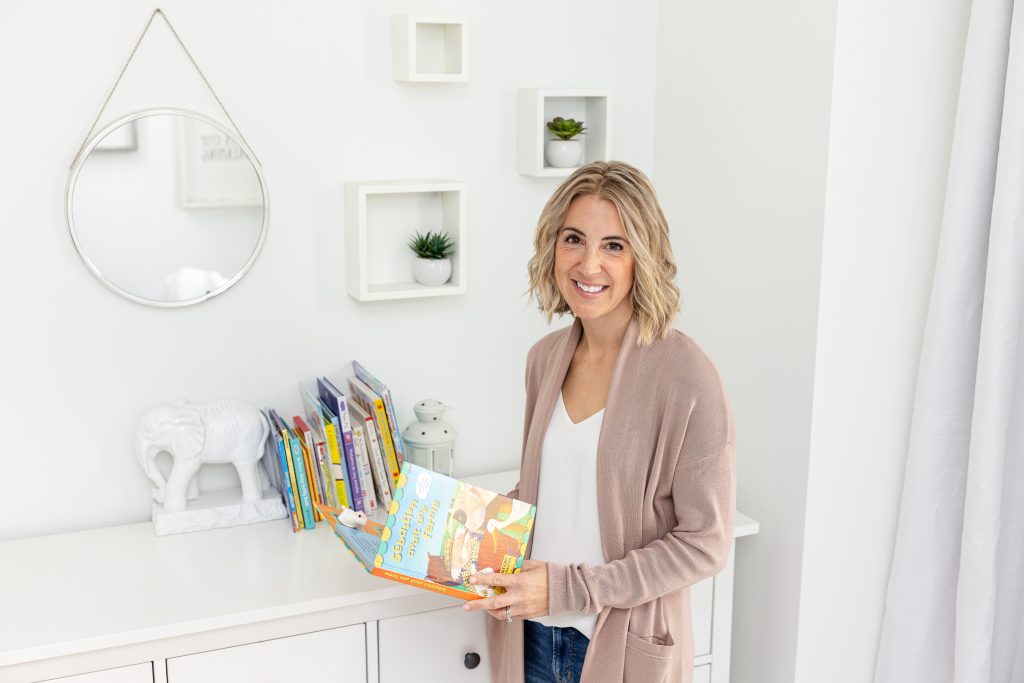
Kristin Revere and Erin Junker, CEO of the Happy Sleep Company, discuss everything from hotel stays to schedules on the latest episode of Ask the Doulas Podcast. Hello, hello! This is Kristin Revere with Ask the Doulas, and I am thrilled to chat with Erin Junker. Erin is a pediatric sleep consultant and owner of […]
Pacifier Safety with Lindsay DeOliveira: Podcast Episode #292

Kristin and Lindsay DeOliveira chat about how she came to start Soothe Beginnings after she struggled to find the perfect pacifier for her daughter. They also discussed her focus on safety and evidence-based design. Lindsay is also a baby registry consultant with Gold Coast Doulas. Hello, hello! This is Kristin with Ask the Doulas, […]
Naptime Struggles with Aly Dabbs: Podcast Episode #265
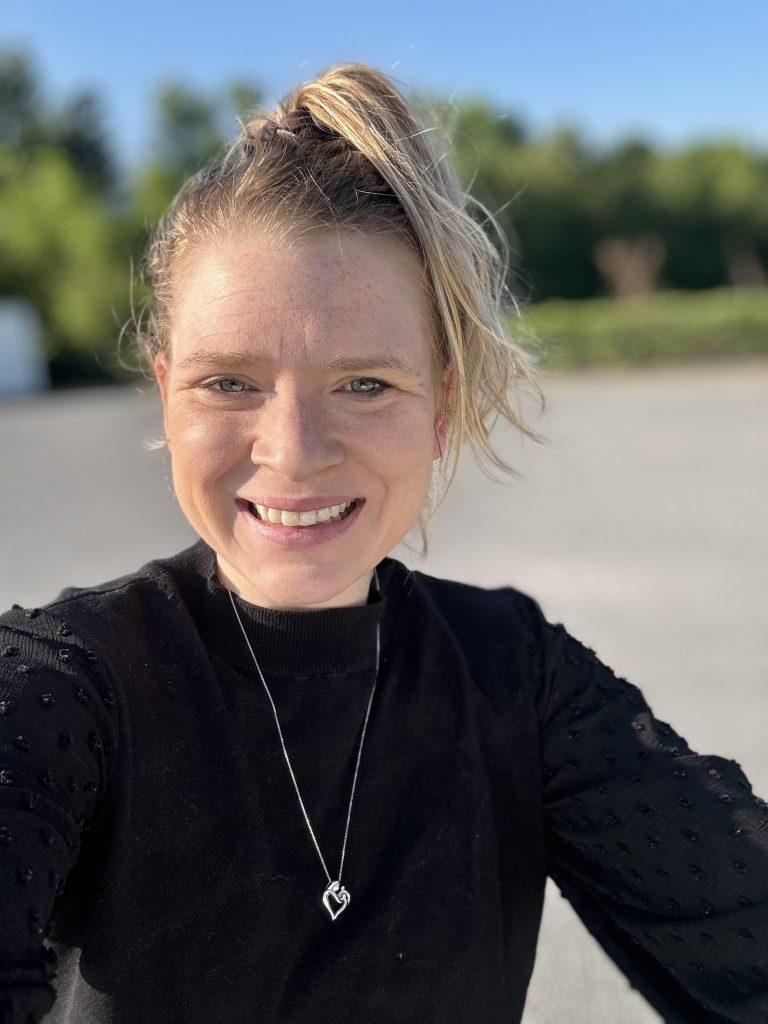
Kristin Revere and Aly Dabbs discuss how dropping naps too soon can affect sleep at night in the latest episode of Ask the Doulas podcast. Aly gives tips on how parents can push through this phase. She is the founder of Restful Baby and has a podcast called Aly, The Restful Mama. Hello, hello! This […]
Green Beginnings: Six Essential Tips for a Safe, Low EMF Nursery
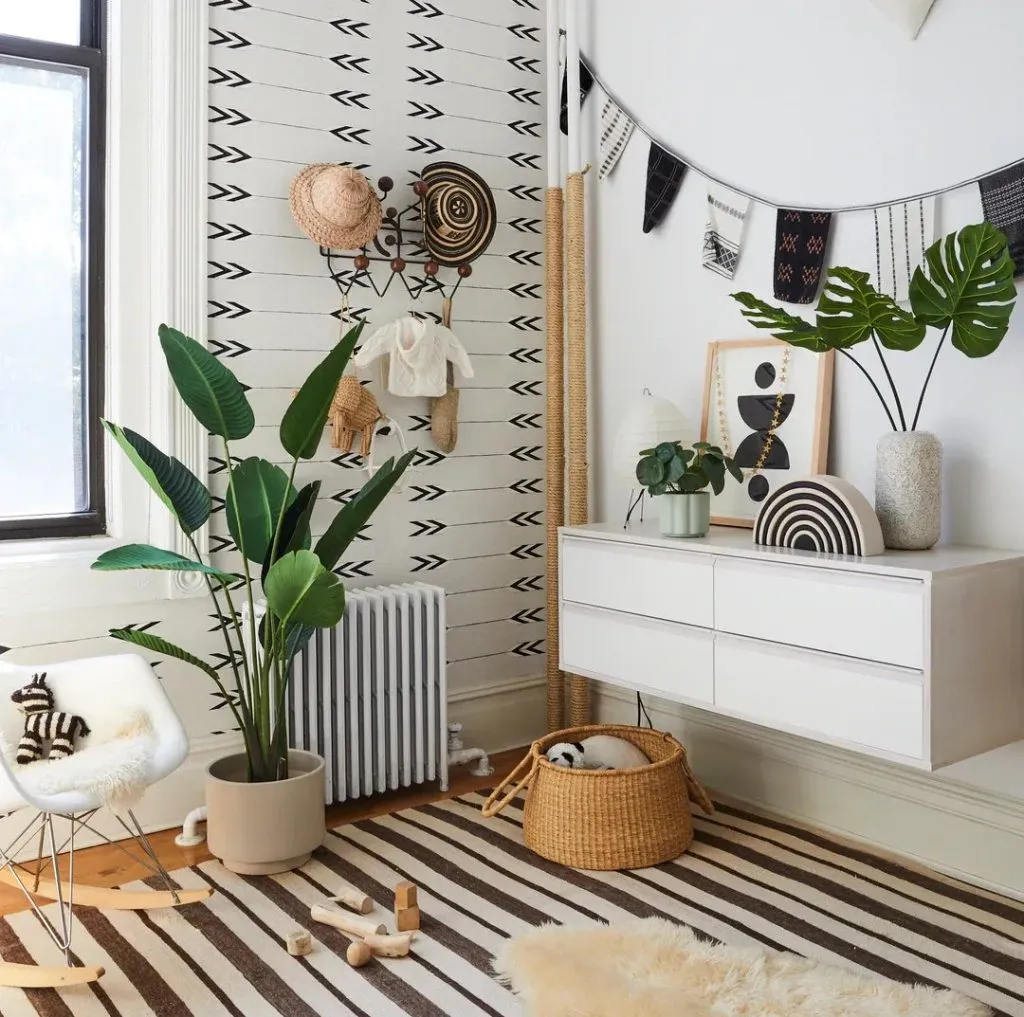
Guest blog post by Rebecca Pickett of Bebcare Low EMF Emissions Baby Monitors Creating an eco-friendly, green nursery is more than just a trend; it’s a commitment to the health and well-being of the newest addition to your family. By choosing non-toxic, sustainable materials, you’re reducing your baby’s exposure to harmful chemicals or wireless emissions […]
Sleep Training Misconceptions: Podcast Episode #191
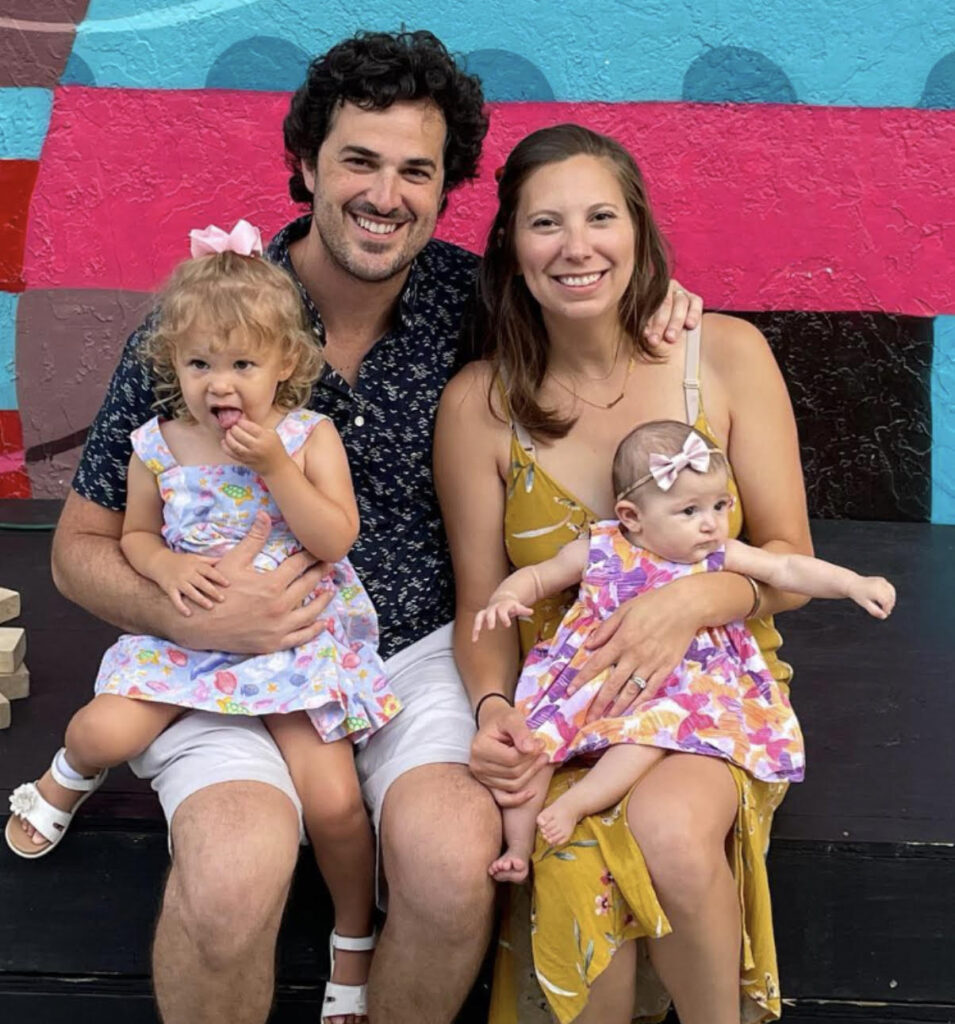
Kristin chats with Jackie Viscusi of Gold Coast Doulas about sleep training misconceptions. You can listen to this complete podcast episode on iTunes, SoundCloud, or wherever you find your podcasts. Ask The Doulas Podcast · Sleep Training Misconceptions Welcome. You’re listening to Ask the Doulas, a podcast where we talk to experts from all over […]
Meet our new Sleep Consultant, Jackie
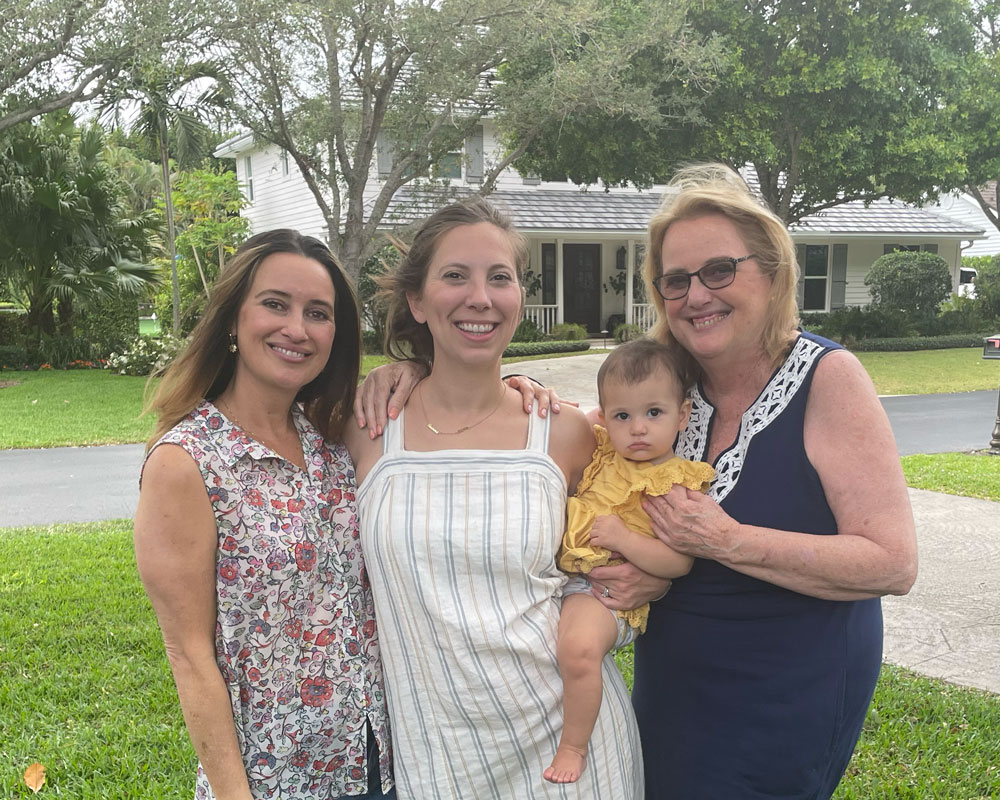
Meet our newest Sleep Consultant, Jackie. We love to share interesting facts about our team. Jackie and her family reside in Florida. She works with virtual sleep clients through Gold Coast. What did you do before you became Sleep Consultant? I was a creative marketing and script writer and content creator. What inspired you to […]
The Power of Distraction

We often think of distractions as negative. We may get distracted by all the to-dos on our list, and it’s hard to stay focused on work or give our full attention to someone. Our kids may get distracted while getting dressed, or for older kids maybe it’s while doing homework. But let’s reframe distractions. They […]
Connection and Compassion Are Key
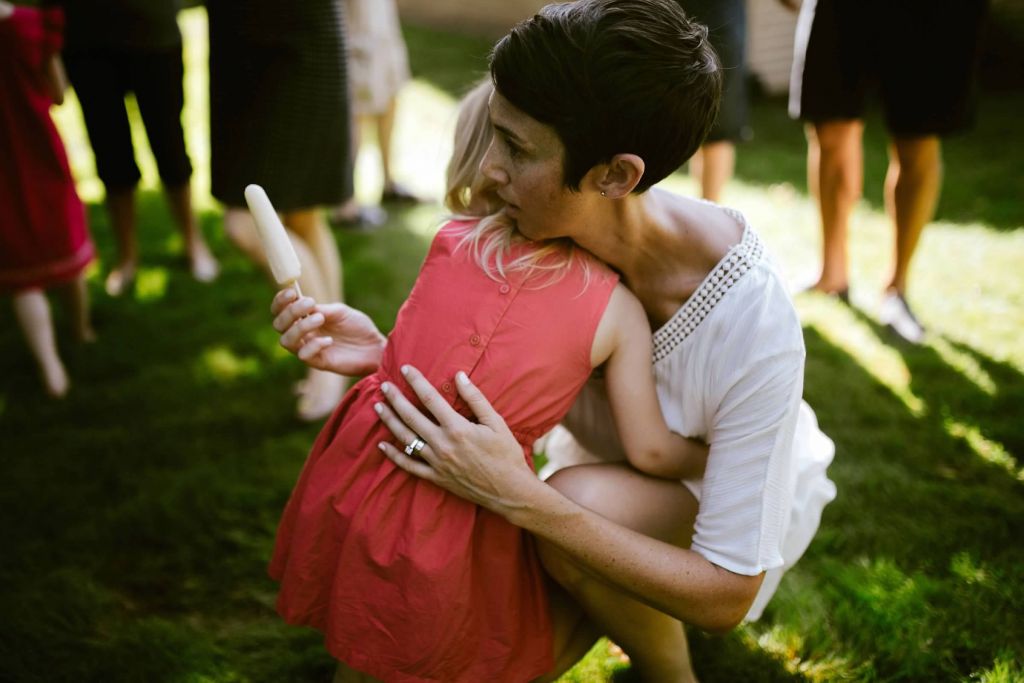
I’ve said it a lot; there is no one-size-fits-all solution to sleep, but this applies to parenting in general as well. Many parents will read about certain techniques, and even follow specific scripts with older children, but if they don’t work, parents feel like they have failed or there is something wrong with their kid. […]
Top 5 Tips for Encouraging Baby to Sleep Through the Night

Kay Vorce, CED-PIC Gold Coast Sleep Consultant If there is one question I get all the time, it’s this one: How can I encourage my baby to sleep through the night while still responding to their needs? First, let’s define what that means. If your baby is sleeping 6-8 hour stretches, that’s considered sleeping […]
Meet our new Sleep Consultant, Michelle!
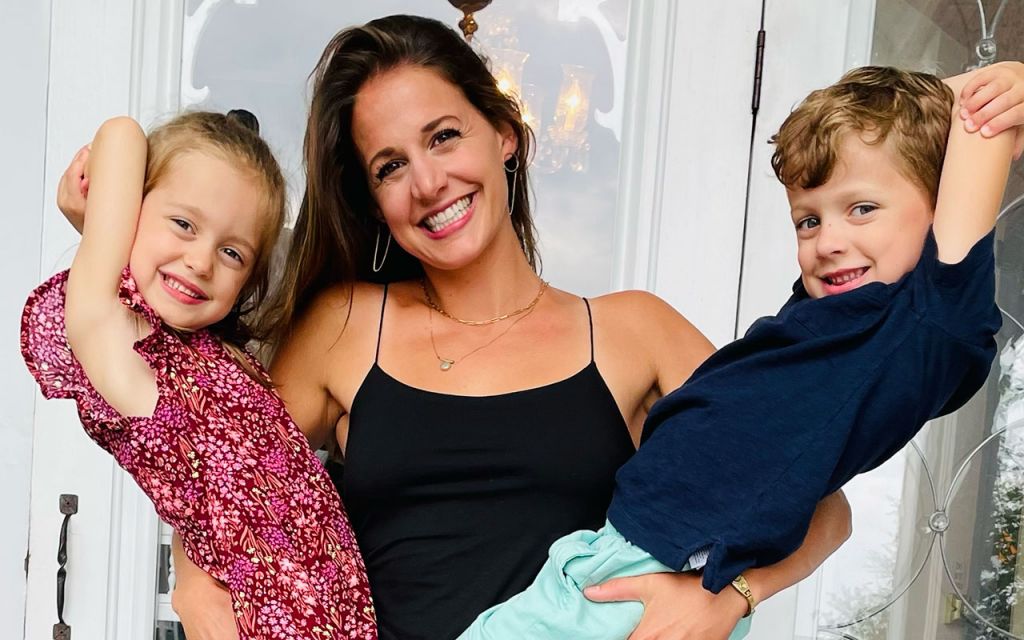
What did you do before you became a sleep consultant? I am a Pre-K teacher for Great Start Readiness Program in Kentwood What inspired you to become a sleep consultant? I was inspired to become a sleep trainer after living with my sister when she had her first kid and seeing the impact lack of […]
Newborn Sleep – What New Parents Should Expect
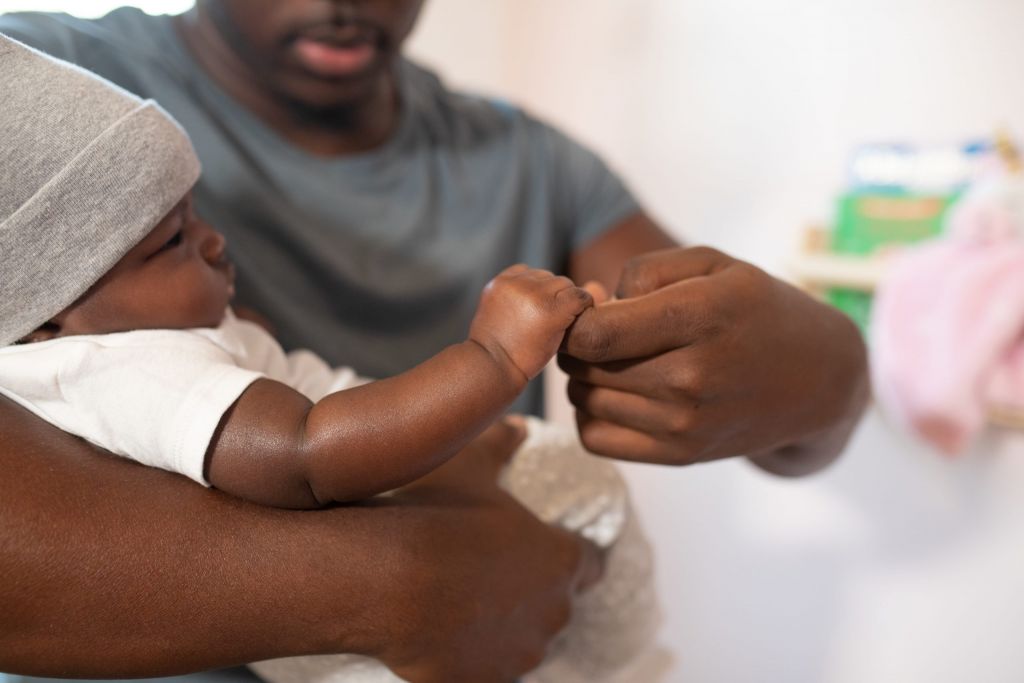
New parents often have unrealistic expectations about sleep when they bring a baby home. Some parents think they will get to sleep a lot because a newborn sleeps a lot. I’ve heard other parents say they don’t think they will get any sleep for weeks or months. I’m here to tell you that neither of […]
Gold Coast Doulas is Expanding Our Reach!
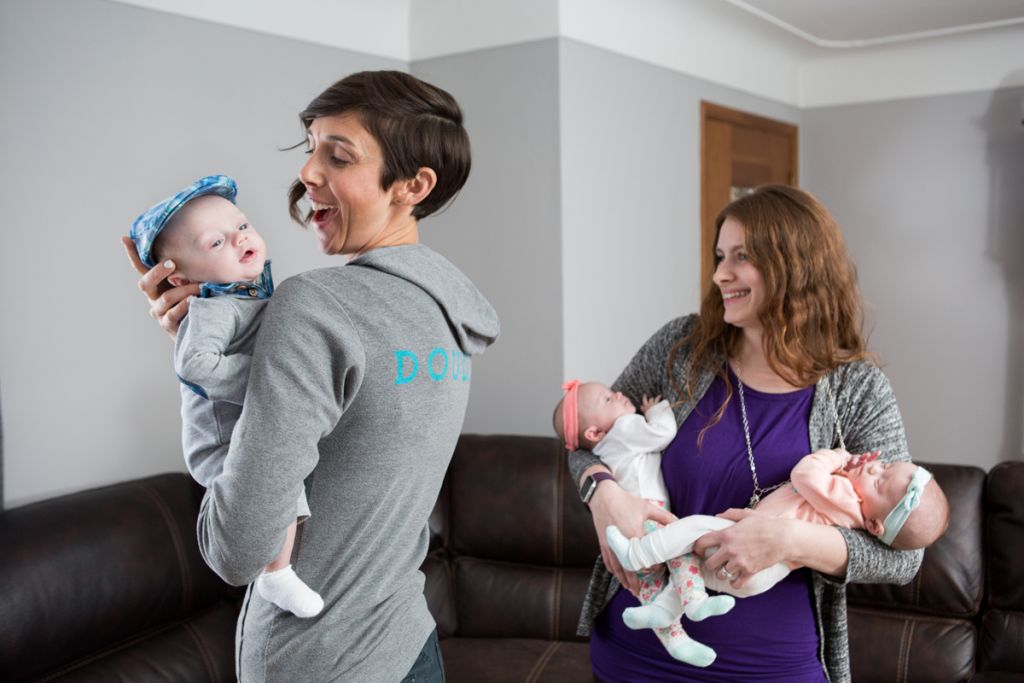
We have been listening to our clients and trusted health practitioners, and we are expanding our day and overnight postpartum and sleep consulting services to Northern Michigan and Southwest Michigan starting in April of 2022. Michigan postpartum doula services and support will expand along the Gold Coast of Michigan, covering 300 miles of the western […]
5 Tips to Build a Low EMF Emissions Home for Your Baby
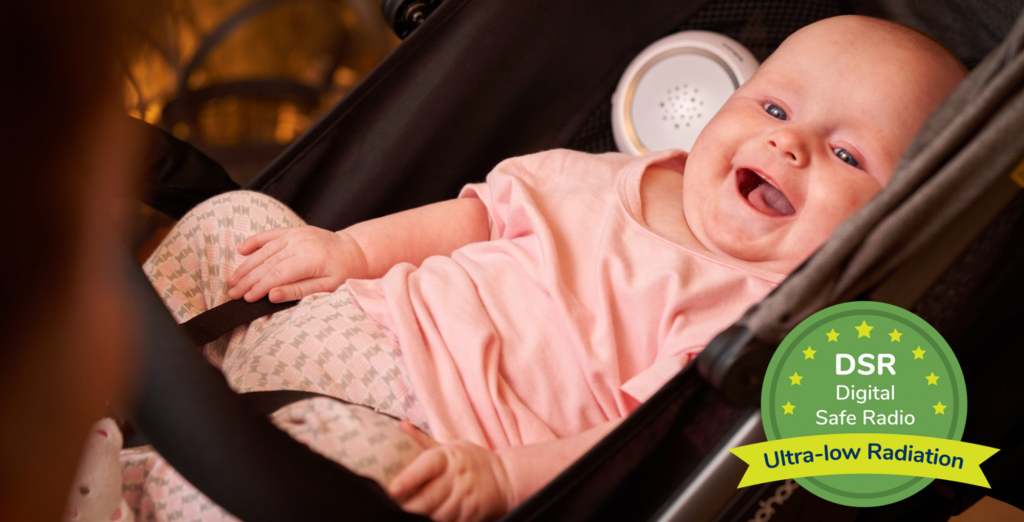
Guest blog post by Andrew from Bebcare Low Emissions Baby Monitor Parents are deeply concerned about the safety of their baby. Why wouldn’t they be? Your baby is your bundle of joy and the most precious. With the abundance of wireless devices these days, EMF radiation is a hot topic amongst parents. In this blog […]
How to get my baby to sleep through the night.
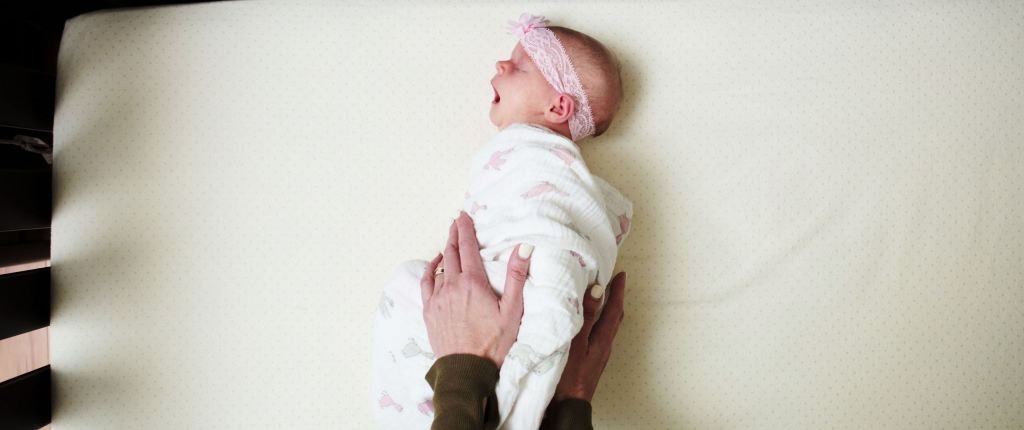
This is probably the most commonly asked sleep question for parents, and unfortunately there isn’t an easy answer! There are many factors involved when attempting to answer this question. It can depend on things like: How old is your baby? How much do they eat? How often do they eat? Were they premature? Do they […]
Meet Kristin Vorce, Certified Sleep Consultant!

We are a little late in the game announcing Kristin to you! She’s actually been working with us for a few months now (oops, sorry Kristin!). Let’s learn a little more about Kristin, her family, and her background. What did you do before you became a sleep consultant? Prior to becoming a sleep consultant, I […]
Bebcare Low EMF Baby Monitors: Podcast Episode #112
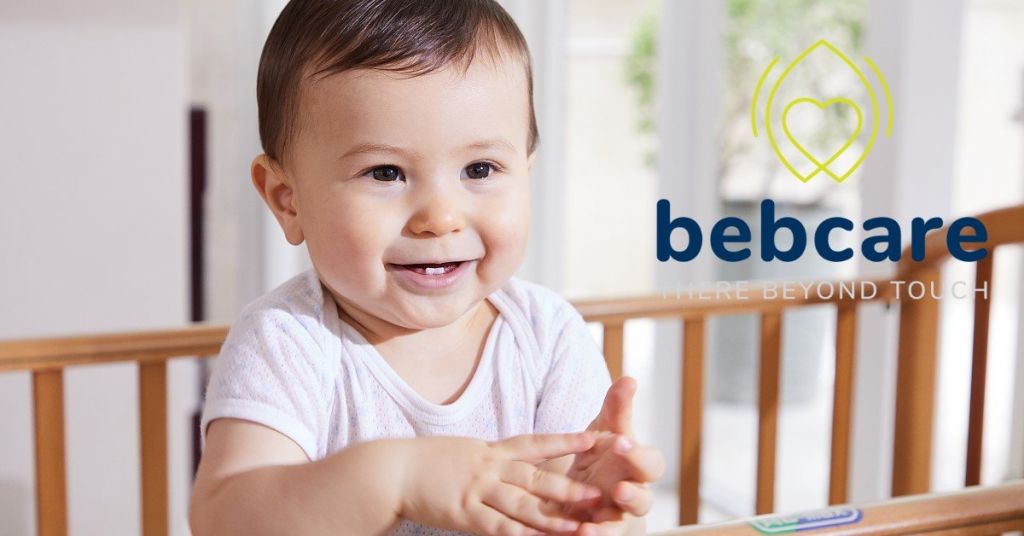
Baby monitors: Today Alyssa, a sleep consultant at Gold Coast Doulas, speaks with Lisa, a Building Biologist at Well Abode, and Brian, an engineer at Bebcare. Bebcare has the lowest EMF baby monitors on the market. The conversation gets a little technical but it’s really interesting, and you may learn a thing or two about […]
Bebcare – A safe monitor for your baby’s nursery
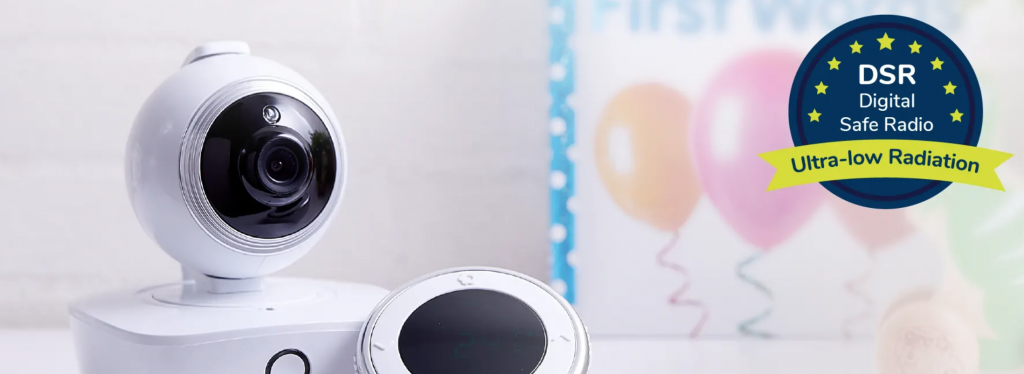
A while ago I recorded three videos about electromagnetic emissions and creating a sleep sanctuary for your child. You can find all three on our YouTube channel. I spoke with Lisa Tiedt, a Building Biologist at Well Abode. She used science to physically demonstrate to us how baby monitors, sound machines, and wifi modems emit […]
Sleep and Virtual School: Podcast Episode #106
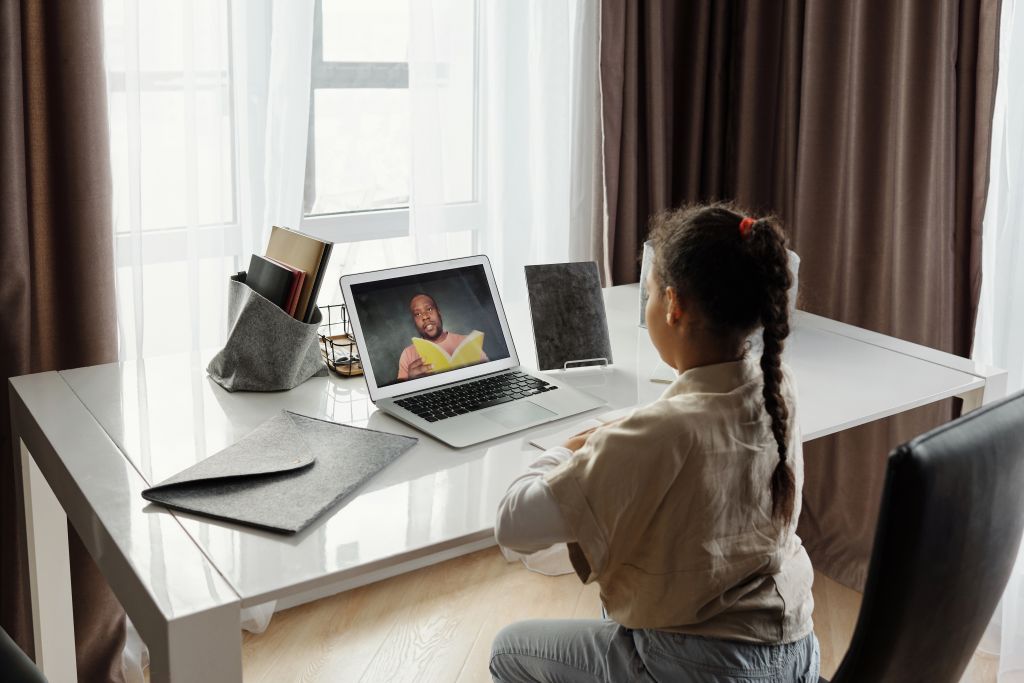
Kristin and Alyssa talk about the struggle to get kids to sleep during virtual school at home. Is it important to have a set bedtime? Can kids stay up late? We answer these questions and more! You can listen to this complete podcast episode on iTunes or SoundCloud. Alyssa: Hello. Welcome to the Ask […]
Creating a Safe Sleep Space: Routers
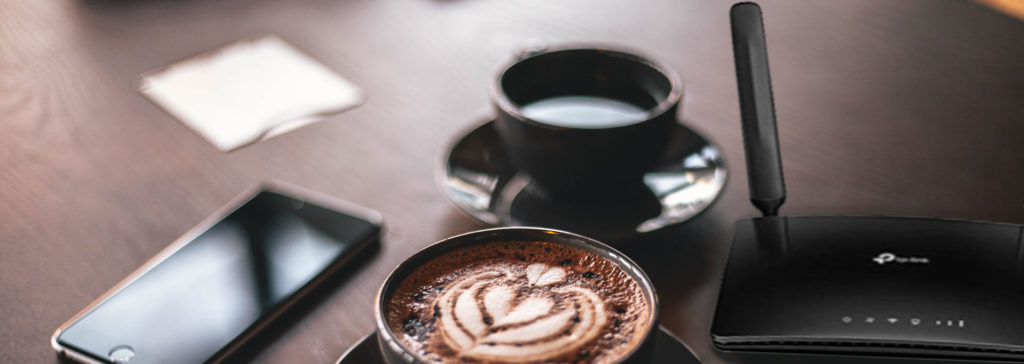
Alyssa Veneklase talks with Lisa Tiedt, Building Biologist and owner of Well Abode, about creating health sanctuaries in our homes. You can watch this video on YouTube. Alyssa: Hi. It’s Alyssa and Lisa here again. This is Part 3 of our series on how to create a low EMF sleep space, and we’ve kind […]
Creating a Low EMF Sleep Space: Baby Monitors

Alyssa Veneklase talks with Lisa Tiedt, Building Biologist and owner of Well Abode, about creating health sanctuaries in our own homes. You can watch this video on YouTube. Alyssa: Hi, again. We are in our series of how to create a safe sleep space, and I am Alyssa, talking to Lisa Tiedt again. She […]
Creating a Safe Sleep Space: Sound Machines
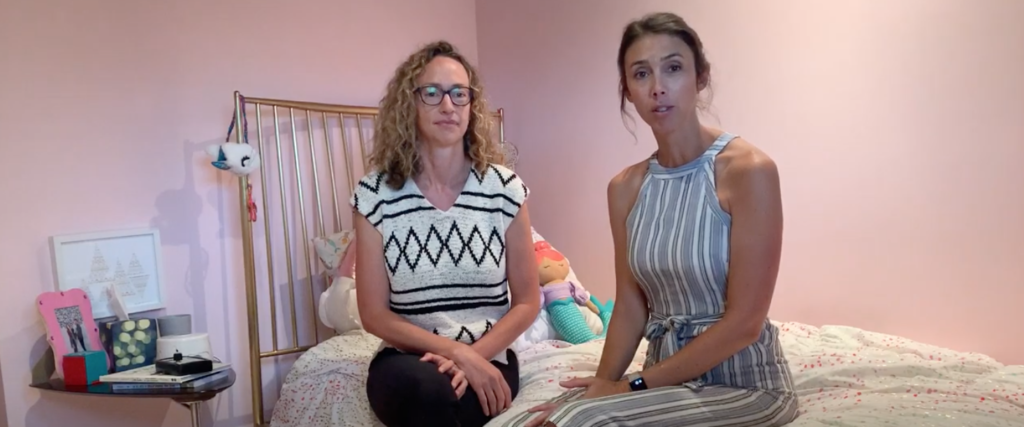
Alyssa Veneklase talks with Lisa Tiedt, Building Biologist and owner of Well Abode, about creating health sanctuaries in our homes. You can view this video on YouTube. Alyssa: All right. Today, I’m here talking to Lisa Tiedt. She’s a Building Biologist, and, as you know, I’m a sleep consultant, so we’ve partnered a few […]
My Favorite Sleep Products

During sleep consultations I am often asked what my favorite products are. While I have many, parents must realize that my favorite sleep sack or swaddle may not be their child’s favorite! I will list several products in this blog and tell you why I like them, but you know your baby or child best. […]
Top 10 New Parent Essentials
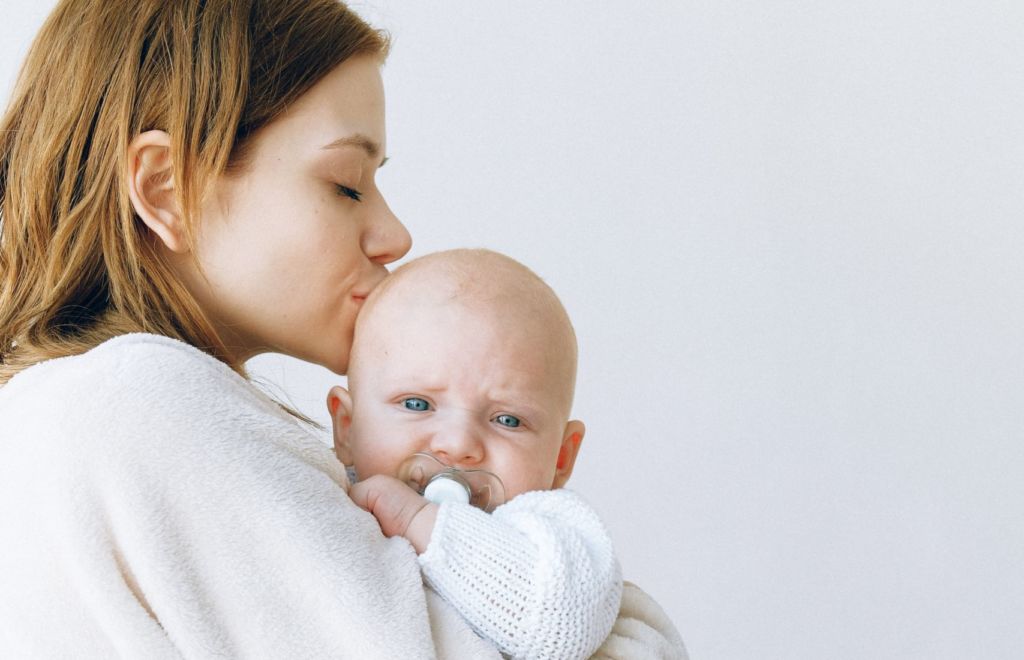
Did you notice that this list doesn’t say “Baby Essentials”? Nope, it’s not an error. YOU are the single most essential thing in your baby’s tiny life. While you process all the feels over this game changing reality, I’ve got your back with some advice on essentials that will ease your transition so that you […]
Parenting and Sleep: Podcast Episode #98
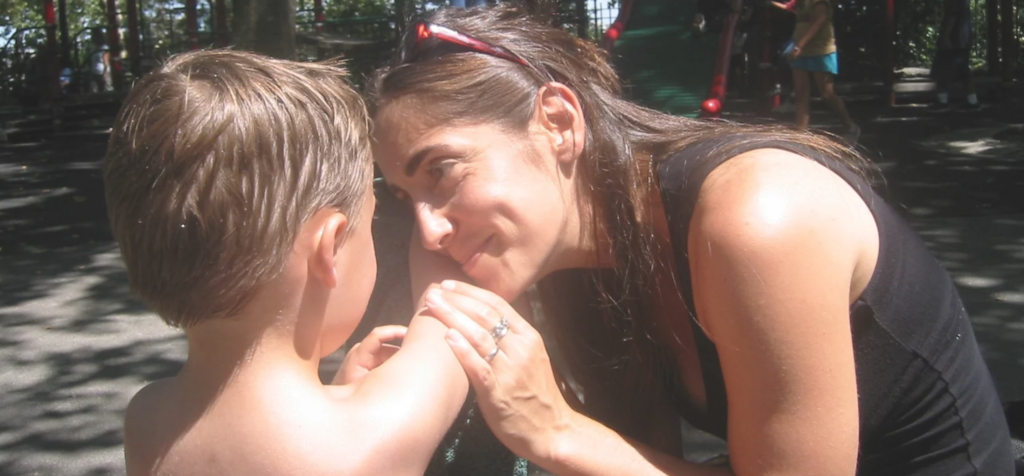
Laine Lipsky, Parenting Coach, talks with Alyssa today about the negative effects of sleep deprivation on children and parents. You can listen to this complete podcast episode on iTunes or SoundCloud. Alyssa: Hello and welcome to the Ask the Doulas Podcast. I am Alyssa Veneklase. I’m excited to be back with Laine Lipsky, parenting coach. […]
